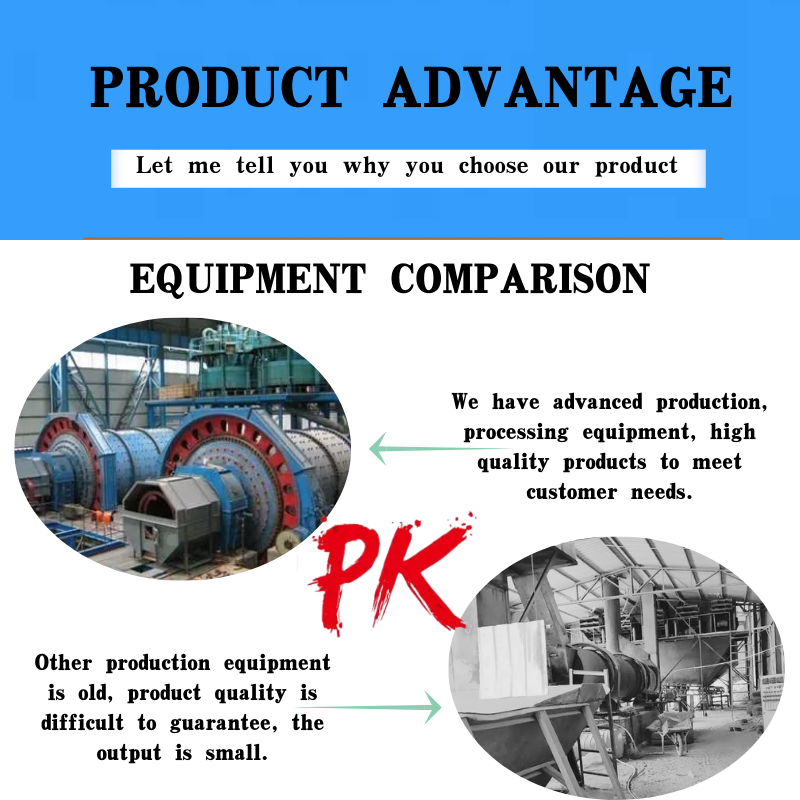
Exploring the Current Trends and Manufacturers in the Kaolin Price Market
The Kaolin Price Landscape Understanding Market Dynamics and Manufacturer Influence
Kaolin, a clay mineral also known as kaolinite, is a vital industrial resource used in various applications such as ceramics, paper production, rubber manufacturing, and even in pharmaceuticals. The price of kaolin is influenced by numerous factors, primarily driven by the dynamics of the supply and demand in the market, regional production capabilities, and the role of manufacturers in influencing prices.
Understanding Kaolin and Its Applications
Kaolin is characterized by its fine particle size, white color, and low moisture absorption, making it an ideal choice for a variety of industrial applications. In ceramics, it imparts strength and translucence to porcelain. In the paper industry, kaolin is used as a filler and coating to enhance the brightness and smoothness of the paper. Similarly, its properties make it valuable in the production of paints and coatings, where it is used to improve adhesion and produce a smooth finish. In recent years, kaolin has also gained attention in the pharmaceutical industry for its use in topical medications and as an excipient in drug formulations.
Factors Influencing Kaolin Prices
1. Supply and Demand Dynamics The balance between supply and demand is perhaps the most significant factor affecting kaolin prices. When demand from manufacturing sectors increases, prices tend to rise. Conversely, when production levels exceed consumption, prices may drop. Factors such as economic growth, construction activity, and automotive production directly influence the demand for kaolin.
2. Geographical Considerations The geographical location of kaolin resources plays a crucial role in its pricing. Regions with rich deposits, such as the United States, Brazil, and China, are key producers. Transportation costs can impact prices, especially for manufacturers who need to import kaolin from distant locations. Logistics and accessibility to major industrial hubs often dictate market pricing structures.
kaolin price manufacturer

3. Manufacturing Processes The methods used to process kaolin also contribute to price variations. High-quality kaolin, which undergoes more rigorous refining and processing, tends to be more expensive. Manufacturers employing advanced technologies to produce highly specialized grades of kaolin can command premium prices. In contrast, lower-quality kaolin may see softer pricing due to oversupply or lower demand.
4. Global Economic Factors Global economic conditions, including trade agreements, tariffs, and fluctuations in currency exchange rates, can significantly influence kaolin prices. For manufacturers operating in international markets, changes in tariffs or trade policies can lead to increased operational costs, which are often passed on to consumers in the form of higher prices.
5. Competition Among Manufacturers The presence of multiple manufacturers in the kaolin market creates a competitive landscape that affects pricing. Manufacturers that differentiate their products through quality or by offering value-added services may be able to sustain higher prices. In contrast, increased competition can lead to price wars, driving prices down in an effort to capture more market share.
The Future of Kaolin Pricing
Looking ahead, the kaolin market is expected to experience fluctuations driven by emerging trends in various industries. The growing demand for environmentally friendly and sustainable materials may push manufacturers to innovate, leading to new processing methods that could affect prices. Additionally, as industries like electronics and renewable energy expand, new applications for kaolin could emerge, potentially increasing demand and influencing pricing stability.
In conclusion, understanding the factors that shape the kaolin pricing landscape is crucial for manufacturers, consumers, and investors alike. By staying informed about market trends, supply dynamics, and technological advancements, stakeholders can make informed decisions to navigate the complexities of the kaolin market effectively.
Share
-
Premium Pigment Supplier Custom Solutions & Bulk OrdersNewsMay.30,2025
-
Top China Slag Fly Ash Manufacturer OEM Factory SolutionsNewsMay.30,2025
-
Natural Lava Rock & Pumice for Landscaping Durable Volcanic SolutionsNewsMay.30,2025
-
Custom Micro Silica Fume Powder Manufacturers High-Purity SolutionsNewsMay.29,2025
-
Custom Mica Powder Pigment Manufacturers Vibrant Colors & Bulk OrdersNewsMay.29,2025
-
Custom Micro Silica Fume Powder Manufacturers Premium QualityNewsMay.29,2025






